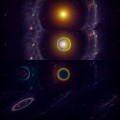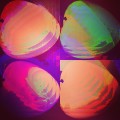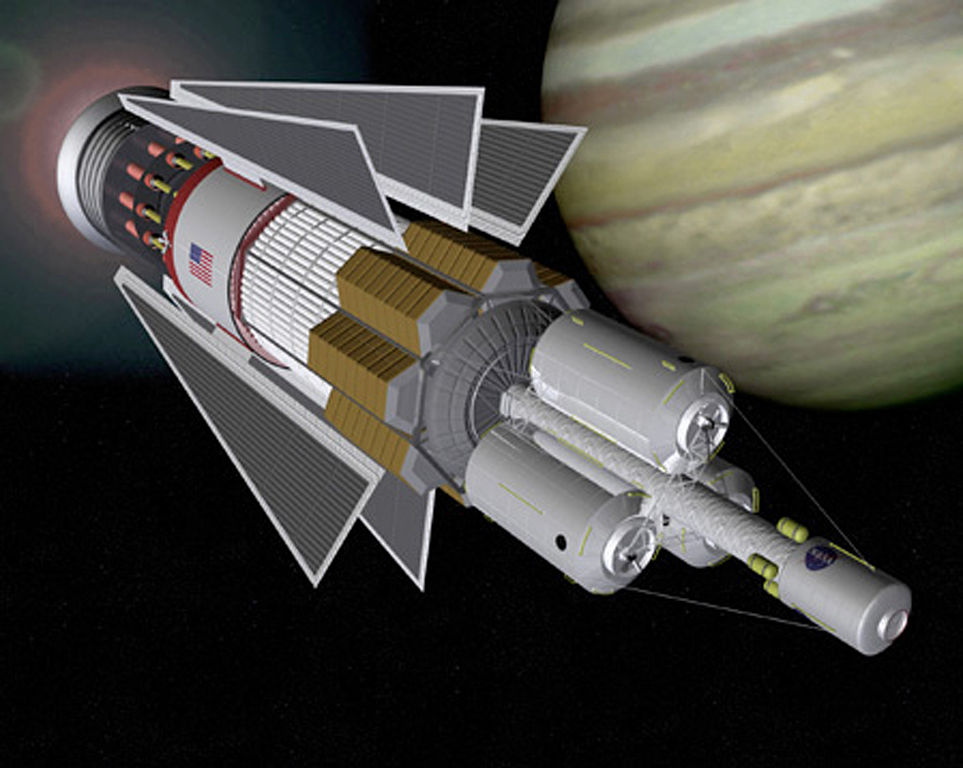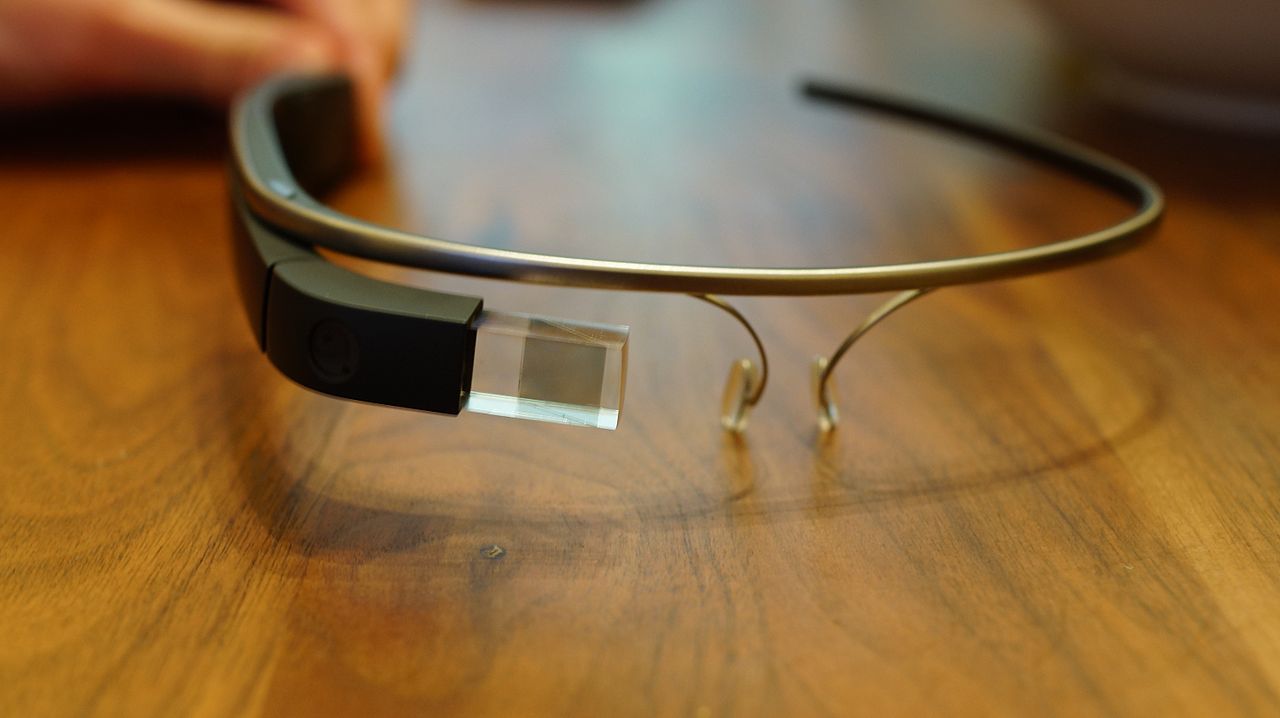Home » Blog » Glitch Art » Acculation Original Glitch » Another Voltaire Collage of Glitch Art Variations

If you're new here, you may want to first register and subscribe to the RSS feed. Thanks for visiting!
Layout collage showing multiple Voltaire glitch art variations. (We’ve previously covered Voltaire & Freedom of Speech.)
Not sure what this has to do with The Bieb or the Kardashians (nothing we hope) but we’re amused they came up in yesterday’s reader comments in response to another Voltaire photo post (in the Instagram version of that post). In a few centuries Voltaire will still be remembered; less sure about the Bieb. Sorry beliebers.
Post and some comments below may be synced from our original Instagram version.
Instagram likes: 116
There are 4 comments so far
Leave a Comment
Don't worry. We never use your email for spam.Recent Comments
- florimee on genetic disease turns you into a real-life vampire
- Acculation on Alien Pioneer plaque starmap to 3D printed jewelry transmedia: maker movement data-driven multiplatform media
- Acculation on Free Video Data Science Assessment Tool
- Acculation on Free Business Advice Chatbot Product
- Acculation on Online Consultation with Dr. Krebs (Big Data and Management Consulting)
Featured Posts
Tags
analytics
animal
art
artwork
bigdata
blue
book
business
california
careers
classic
collage
colors
cool
data
drawing
encore
famous
figure
gadget
glitch
glitched
green
historic
historical
ideas
illustration
intelligent
light
mirror
more
old
photo
pop
popart
post
red
Sagan
science
space
story
tech
us
warhol
water









Oh dear, I’ve created an IG monster…. Apologies to all. “So it goes….”(My attempt to redeem myself with a Voltaire approved Vonnegut quote.) #Vonnegut
very nice
Acculation original artwork and comments (c) acculation
#Voltaire is #Exquisite is #ManyForms, a #leader of #Knowledge, #HistoricalProgression, it’s very #interesting for u to #add him to #YourTechCollection #DataBend #Glitch #ProgrammingArt. He SHOULD be here.